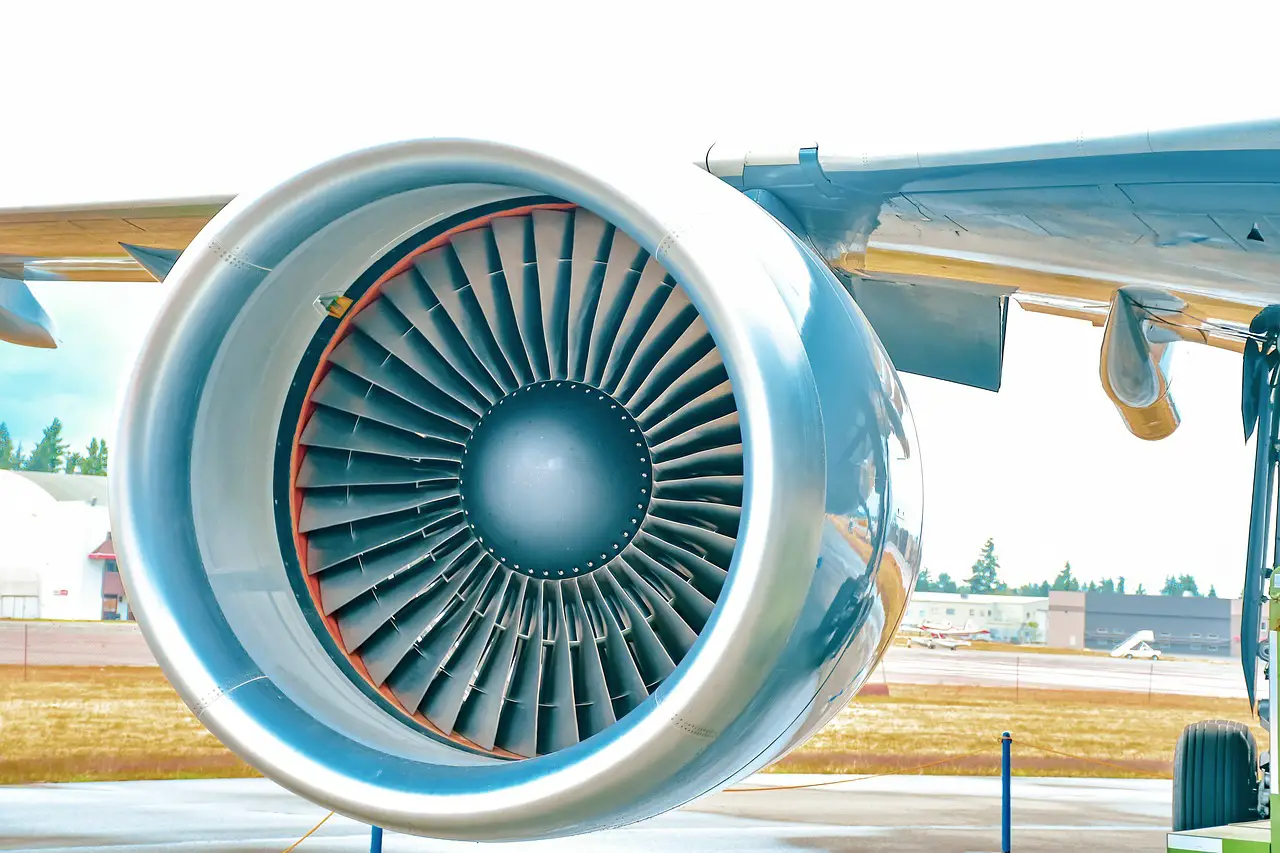Rolls-Royce Started Hydrogen Tests on a Turbine Engine
This September, easyJet announced that over the course of several months, Rolls-Royce would test a new engine that could power it to net zero aviation. The BBC has reported today that this first-stage series of tests are now underway, and will be in partnership with Rolls-Royce running on hydrogen.
Rolls-Royce has entered into a multi-million-pound hydrogen engine and carbon removing project with easyJet. The company is also supporting the Airbus ZEROe program, which aims to have the first commercial aircraft without polluting emissions in 2023 using hydrogen technology.
A strong team is on the job, and we’ll be with you every step of the way
Rolls-Royce, a British luxury manufacturer, will be working with easyJet, a British airline service that plans to launch the first ever scheduled commercial flight using the hydrogen-fueled Pearl 15 jet engine. Both companies will test the engines to see if fuel efficiency and economy over an alternative is possible.
Today’s BBC news report said that Rolls-Royce has successfully tested one of their jet engines using hydrogen fuel instead of normal fuel. For developers, this is a huge deal since the engine could be started up and run at such a low speed without the need for drastic changes in structure or design. In accordance with the new proposition, it’s unsurprising given the technology and resources Rolls-Royce has to offer. Their director of Aerospace Technology Alan Newby said,
“You could also run this thing on other sources of, say, natural gas. Other fuel sources include LPG and diesel, which are both carbon-neutral fuels.”
EasyJet believes that hydrogen is the best way to get to net-zero aviation. The premier low-cost carrier found its own way to that conclusion, starting with investigating battery technology. EasyJet’s chief operating officer, David Morgan said:
We looked at fuel cells for our future airplanes, and their performance did not impress us. We’ve decided to explore hydrogen as a propulsion technology for large commercial aircraft because of how exciting the potential benefits are.
The path ahead for hydrogen is full of challenges
With SAF already powering flights and propulsion, aircrafts and engines can use SAF without any interruption. The shift away from alternative fuels requires little to reinvent or adapt because the industry’s infrastructure is already in place with SAF. In order to turn hydrogen into a liquid, it needs to be cooled to -243C and turned back into a gas so the engine can use it. Additionally, liquid hydrogen takes up around four times the space as the same volume of kerosine. Newby says this will require “a big change from the aircraft point of view.”
“In order to power the engine, they must keep the hydrogen at a really cold temperature. They also have to find a way to feed it throughout the engine.”
Green all the way
Hydrogen is no longer a green alternative and there are exceptions with the exception of the blue variety. This is something that we’ve learned about in the recent past. The Rolls-Royce AE 2100 car uses a green hydrogen produced at the European Marine Energy Center, which is made using an electric current to split water into its elements, hydrogen and oxygen. This electricity needed is generated at the center using wave and wind power, making it a viable green fuel.
A small step like fueling the engine with hydrogen could mark a significant milestone on the path to achieving net zero aviation by 2050 which would conserve resources and protect the environment.
















 vince salvador
vince salvador December 5th, 2022
December 5th, 2022 0 Comments
0 Comments



Leave a reply